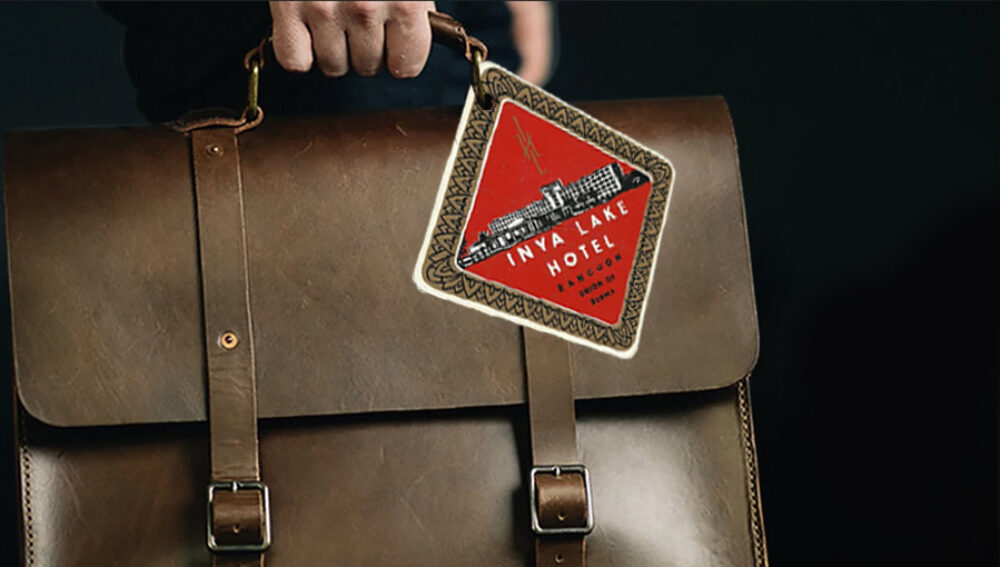When I joined the Australian Department of Foreign Affairs in 1973, my fellow trainees and I were told that diplomatic receptions were not simply social gatherings at which the illuminati could drink cocktails, eat canapes and trade gossip. Rather, they were important functions at which a lot of official business could be conducted. Indeed, such occasions were portrayed as valuable opportunities to collect information and explore the views of colleagues and local contacts.
Armed with this insight into global diplomatic practice, I was posted to Rangoon in early 1974 keen to do my bit at the many receptions and dinner parties which characterised diplomatic life in Burma’s old capital. It did not take very long, however, for me to learn that the picture portrayed of such gatherings was not quite accurate. Certainly, receptions and similar functions were used to gather intelligence and exchange confidences, but not only in the way that I had been led to believe.
In those days of General Ne Win’s isolated socialist regime, tourists could only get a seven-day visa to Burma, and barely 1,000 foreigners were permitted to live there. Almost all residents were the representatives of foreign governments and international organisations. Due to the many constraints imposed on this community, reliable information was scarce, encouraging a roaring trade in anecdote and speculation. This was brought home to me one evening when I attended a reception at the Inya Lake Hotel.
Please click here to read the full “Diplomatic intelligence” article published at New Mandala, written by Griffith Asia Institute Adjunct Professor Andrew Selth.








